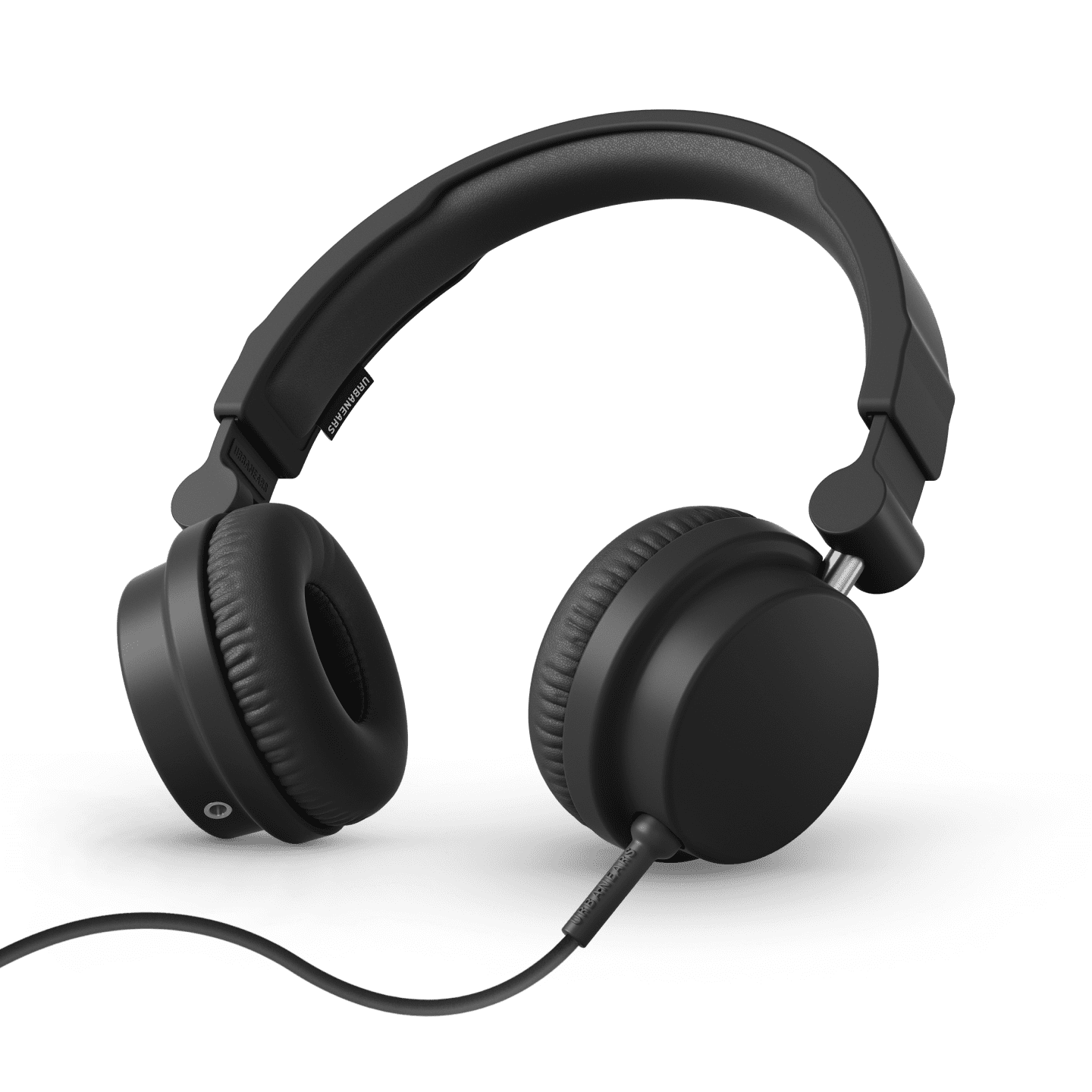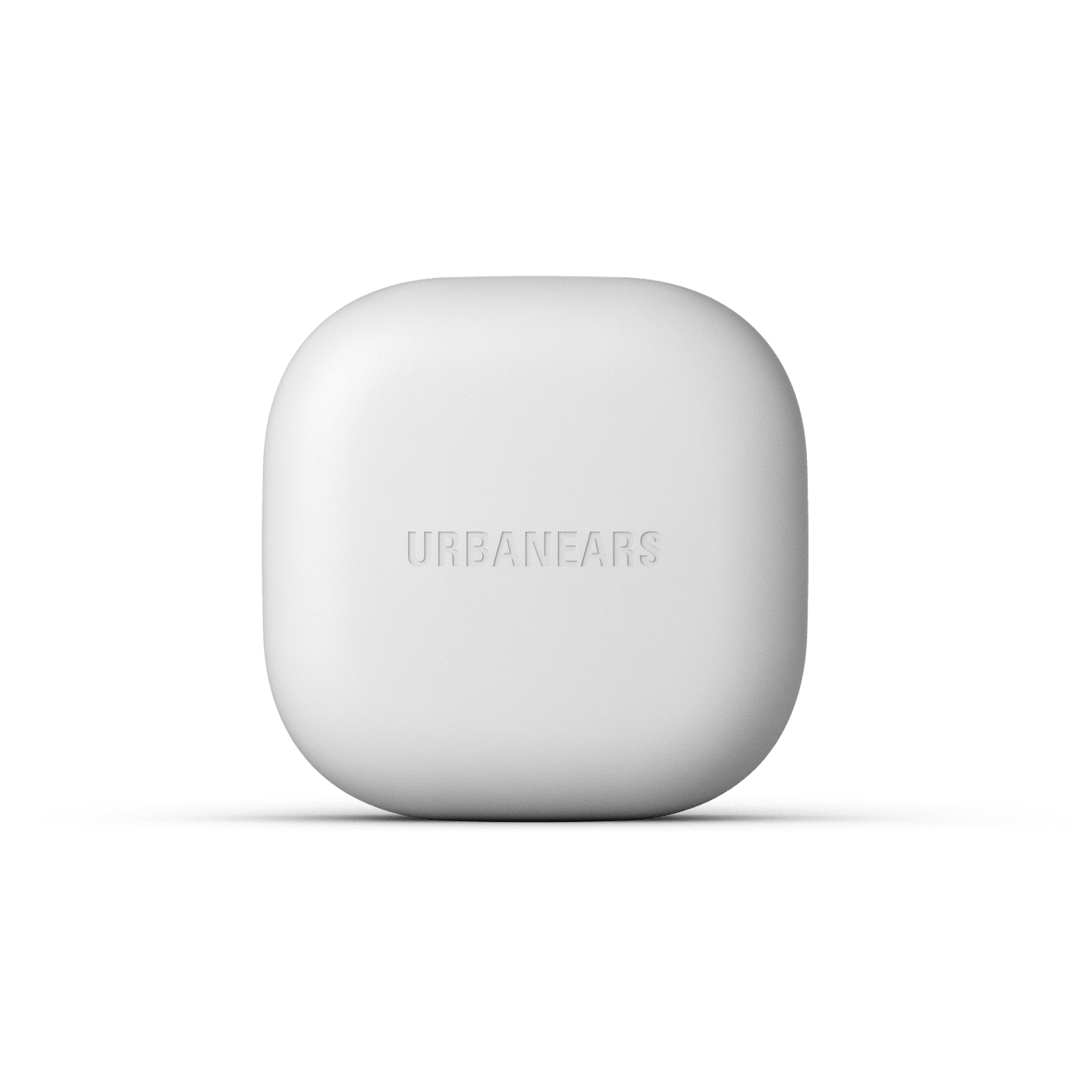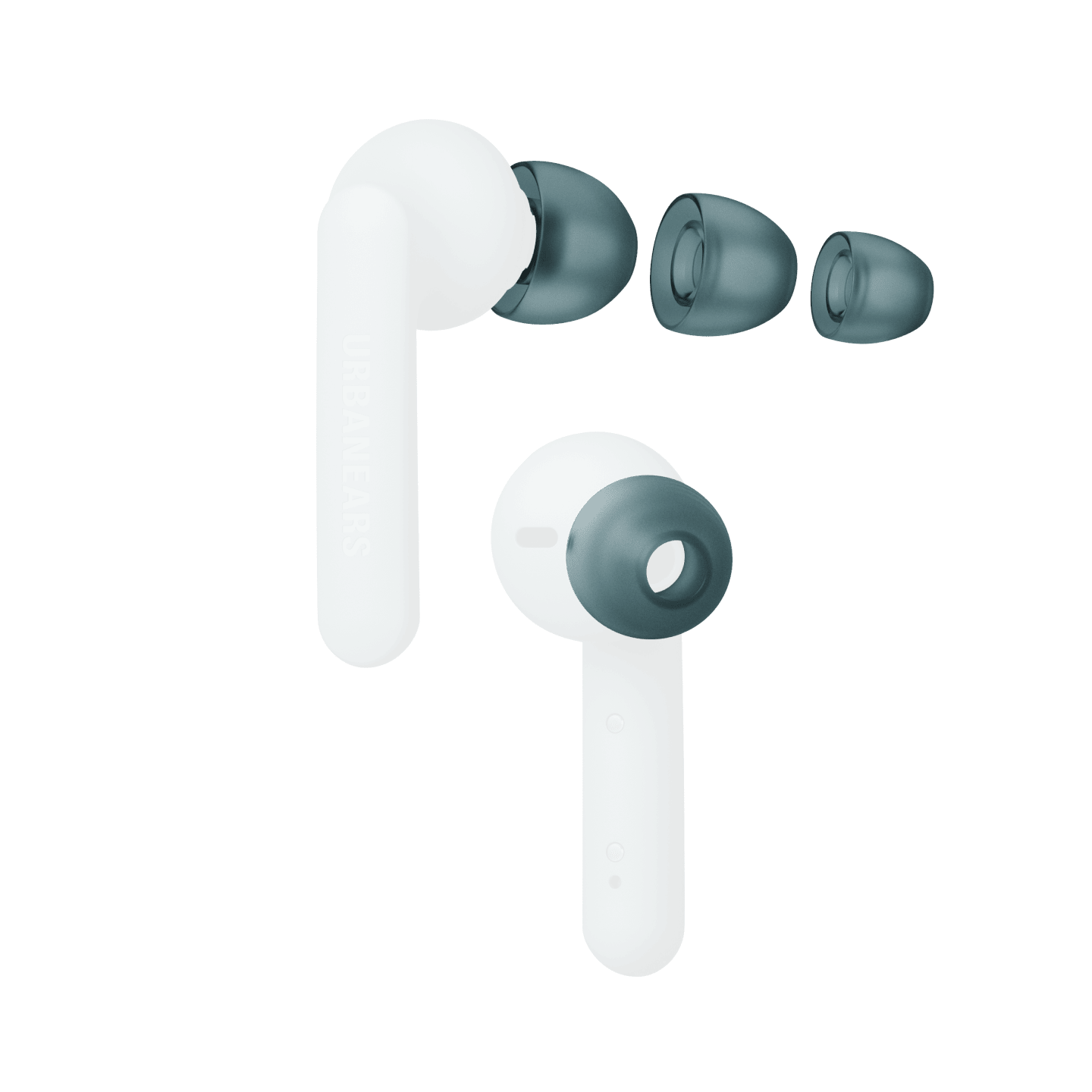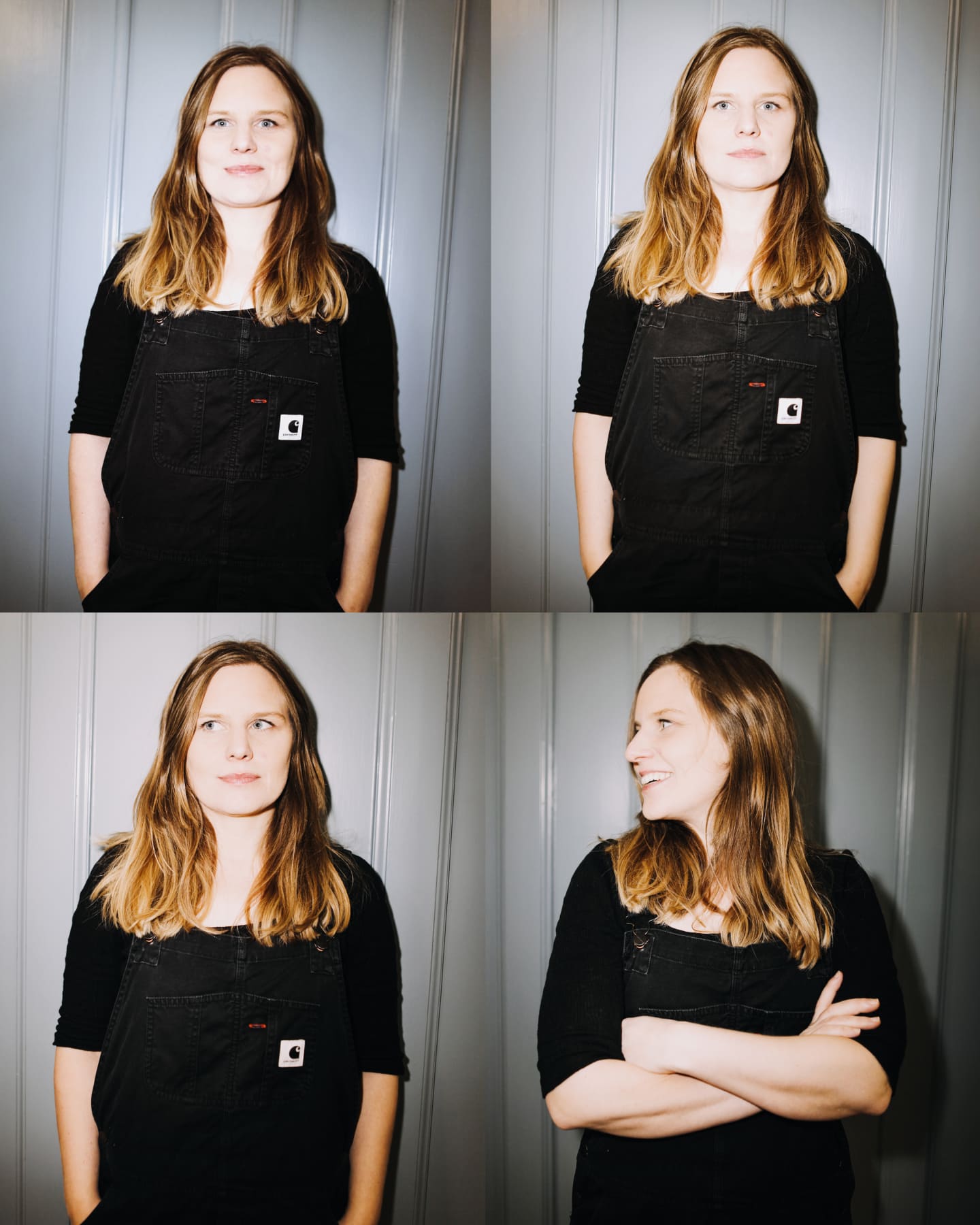Réduction
Livraison
12.99 C$
Remise sur la livraison
- 0.00 C$
Paiement total
0.00 C$
Livraison gratuite à partir de
4-5 business days
Mode d'expédition
UPS - Standard Canada Carbon Neutral
Coût
C$ 12.99
Durée
2 à 7 jours ouvrés. La date de livraison estimée pour votre commande sera calculée une fois que l'adresse de livraison aura été renseignée au moment de placer votre commande.
4-5 business days
Free Shipping From
C$ 99
Mode d'expédition
UPS - Standard Canada Carbon Neutral
Coût
C$ 12.99
Durée
2 à 7 jours ouvrés. La date de livraison estimée pour votre commande sera calculée une fois que l'adresse de livraison aura été renseignée au moment de placer votre commande.
5-6 business days
Free Shipping From
C$ 99
Mode d'expédition
UPS - Standard Canada Carbon Neutral
Coût
C$ 12.99
Durée
2 à 7 jours ouvrés. La date de livraison estimée pour votre commande sera calculée une fois que l'adresse de livraison aura été renseignée au moment de placer votre commande.
4-5 business days
Free Shipping From
C$ 99
Mode d'expédition
UPS - Standard Canada Carbon Neutral
Coût
12.99 CAD
Durée
2 à 7 jours ouvrés. La date de livraison estimée pour votre commande sera calculée une fois que l'adresse de livraison aura été renseignée au moment de placer votre commande.
6-7 business days
Free Shipping From
99 CAD
Mode d'expédition
UPS - Worldwide Expedited Carbon Neutral
Coût
C$ 19.99
Durée
2 à 7 jours ouvrés. La date de livraison estimée pour votre commande sera calculée une fois que l'adresse de livraison aura été renseignée au moment de placer votre commande.
3-4 business days
Politique de retour
Vous pouvez bien évidemment nous retourner votre produit Urbanears s’il ne vous donne pas entière satisfaction. Tous nos clients disposent de 30 jours pour nous retourner leur produit.
Lorsque vous exercez votre droit de rétractation, vous êtes, en tant que client, responsable des frais de retour. Le coût de l’article vous sera remboursé par nous.
Pour en savoir plus sur nos conditions d’achat, cliquez ici.
Lorsque vous exercez votre droit de rétractation, vous êtes, en tant que client, responsable des frais de retour. Le coût de l’article vous sera remboursé par nous.
Pour en savoir plus sur nos conditions d’achat, cliquez ici.
Paiements sécurisés
Votre sécurité reste notre priorité. Toutes les transactions sur ce site sont traitées par Adyen, un portail de paiement en ligne sécurisé qui crypte les données de votre carte au sein d’un environnement hôte sécurisé.
Adyen est parfaitement conforme à la norme PCI niveau 1 (le niveau le plus élevé) et est contrôlé par Trustwave, un organisme de certification et d’assurance qualité indépendant du Payment Card Industry Security Standards Council. Cela signifie que nous respectons les normes les plus strictes du secteur en matière de protection des données et de sécurité de réseau. Toutes les données des cartes sont donc en sécurité chez nous.
Adyen est parfaitement conforme à la norme PCI niveau 1 (le niveau le plus élevé) et est contrôlé par Trustwave, un organisme de certification et d’assurance qualité indépendant du Payment Card Industry Security Standards Council. Cela signifie que nous respectons les normes les plus strictes du secteur en matière de protection des données et de sécurité de réseau. Toutes les données des cartes sont donc en sécurité chez nous.
Pour en savoir plus sur nos conditions d’achat, cliquez ici.
Canada / French































































